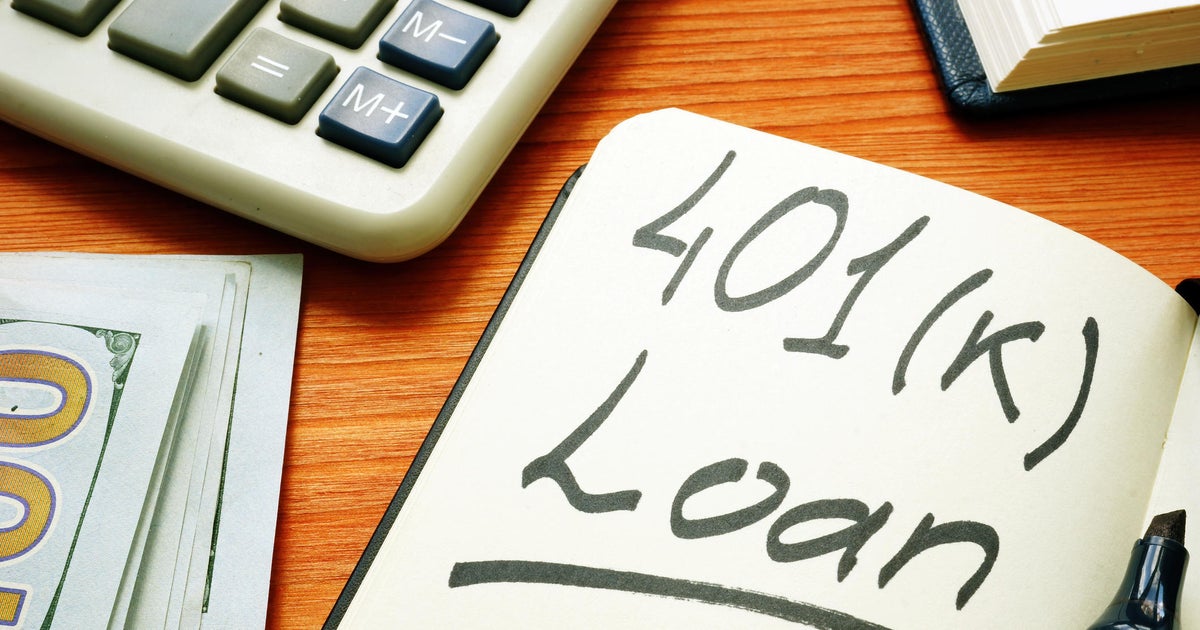Credit card APRs are surging ever higher. Here's how to get a lower rate.
Credit card interest rates have soared to levels usually reserved for people with severely damaged credit.
Indeed, more than one in three cards carry annual percentage rates (APRs) of 29.99% or higher, according to an analysis by LendingTree. The average interest rate on a new credit card offer is up to 24.45% — the highest level since the online lending marketplace began tracking interest rates across 200 cards.
The upshot: Not paying your credit card balance each month adds up fast.
"There are very few things in life that are more expensive than having crummy credit," LendingTree credit analyst Matt Schulz told CBS MoneyWatch. "It will cost you thousands of dollars over the course of your life in the form of higher interest rates, more fees on mortgage and car loans, and it can push your insurance premiums higher."
A card's APR determines how much interest the cardholder will be charged if they don't pay off their balance in full at the end of each month. The good news is that if you pay your balance in full each month, these rates don't go into effect.
"But that's not the reality for a whole lot of cardholders in this country," Schulz said. "However, if you have decent credit, there are options you have to potentially improve your interest rates."
Can I get a lower rate?
For folks struggling with debt, consider a card that offers 0% interest on balance transfers for an introductory period. Also reach out to your credit card issuer and ask for a lower interest rate. A LendingTree survey from earlier this year found that 76% of people who asked for a lower rate got one. The average reduction was roughly six percentage points.
"It can be scary to pick up the phone and negotiate with a giant bank, but your chances of success are better than you realize," Schulz said.
And as always, Improve your credit score by paying your bills on time, keeping your balance as low as possible and not applying for too much credit too often, Schulz said.



